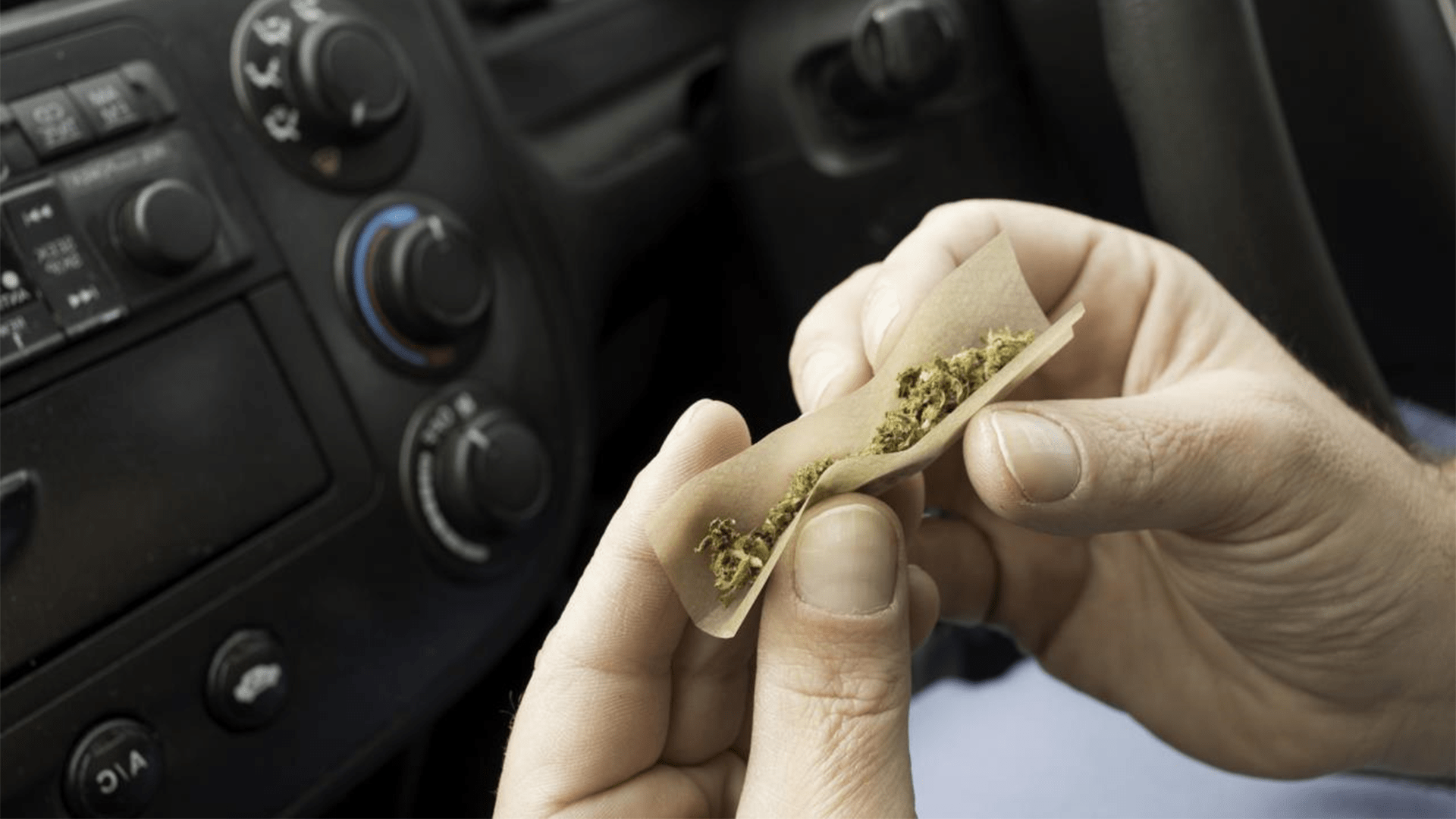
- A survey commissioned by IAM RoadSmart has revealed that 10 per cent of motorists have driven in the 24 hours after taking illegal drugs
- Weed out the problem… cannabis was found to be the most commonly used substance by drug-drivers, followed by cocaine and ecstasy – all of which impair driving ability and increase risks on the roads
- 14 per cent of survey respondents said that they would not stop a friend or family member who was planning to drive after taking illegal drugs
- IAM RoadSmart’s annual Safety Culture Report also reveals that 58 per cent of motorists believe that driving while under the influence of illegal drugs is a bigger problem compared to three years ago
Britain is in the midst of a drug-driving epidemic, IAM RoadSmart can reveal, with research commissioned by the charity showing that potentially millions of motorists have got behind the wheel after consuming illegal drugs, with the likes of cannabis and cocaine being the most widely used drug-driver substances.
The UK’s leading road safety charity surveyed 2,028 motorists on which substances, if any, they had taken within the 24-hours before driving, with a shocking 1-in-10 (10 per cent) of respondents confessing to have drug-driven. This means that, of the 35 million people who possess a full driving licence in the UK, up to 3.5 million motorists may have driven while under the influence of illegal drugs – putting themselves and other road users at risk in the process.
The survey found that cannabis was the most widely used substance of those who confessed to driving while under the influence of drugs, with 1-in-20 (5 per cent) admitting to consuming the drug before driving a vehicle. The next most popular substance was cocaine, followed by ecstasy (MDMA) and speed (amphetamine).
Furthermore, 14 per cent of respondents said that they would be unlikely to stop a friend or family member who was planning on driving after taking illicit drugs.
The findings come in the wake of IAM RoadSmart’s Safety Culture Report, which studies UK motorists’ driving attitudes and behaviours on key issues over time, which discovered that 58 per cent of motorists believe that driving while under the influence of drugs is a bigger problem compared to three years ago.
The number of drug-driving incidents has reached record highs in the UK, with the Department for Transport (DfT) reporting that drug-related collisions and casualties have surged by over 260 per cent in the last decade, with 44 per cent of these offences being committed by previous offenders. *
Neil Greig, Director of Policy and Research at IAM RoadSmart, said: “Our research offers a sobering insight into how Britain’s drug epidemic is rearing its ugly head on our roads.Illicit drugs can profoundly impair a motorist’s judgement, reaction times and alertness while driving, and some of the effects can last for days after a drug has been taken. As can be seen in the DfT statistics, this is causing havoc on the nation’s roads.
“But with nearly half of the offences being committed by previous offenders, and casualties increasing year-on-year, it is about time that the government took urgent action to address this issue before more lives are tragically lost.
“And while drug use is a wider issue in the UK, we would strongly urge people who may have taken something not to get behind the wheel and create a dangerous, and potentially fatal, situation.”
IAM RoadSmart has recently called on the government to reform its approach to tackling Britain’s drug driving problem by proposing changes to the prescription process, developing a dedicated rehabilitation course and finally seeing an outcome to its own drug-drive consultation. Find out more by visiting IAM RoadSmart’s statement here.
To learn more about how IAM RoadSmart can help you enhance your fleet, contact us.


